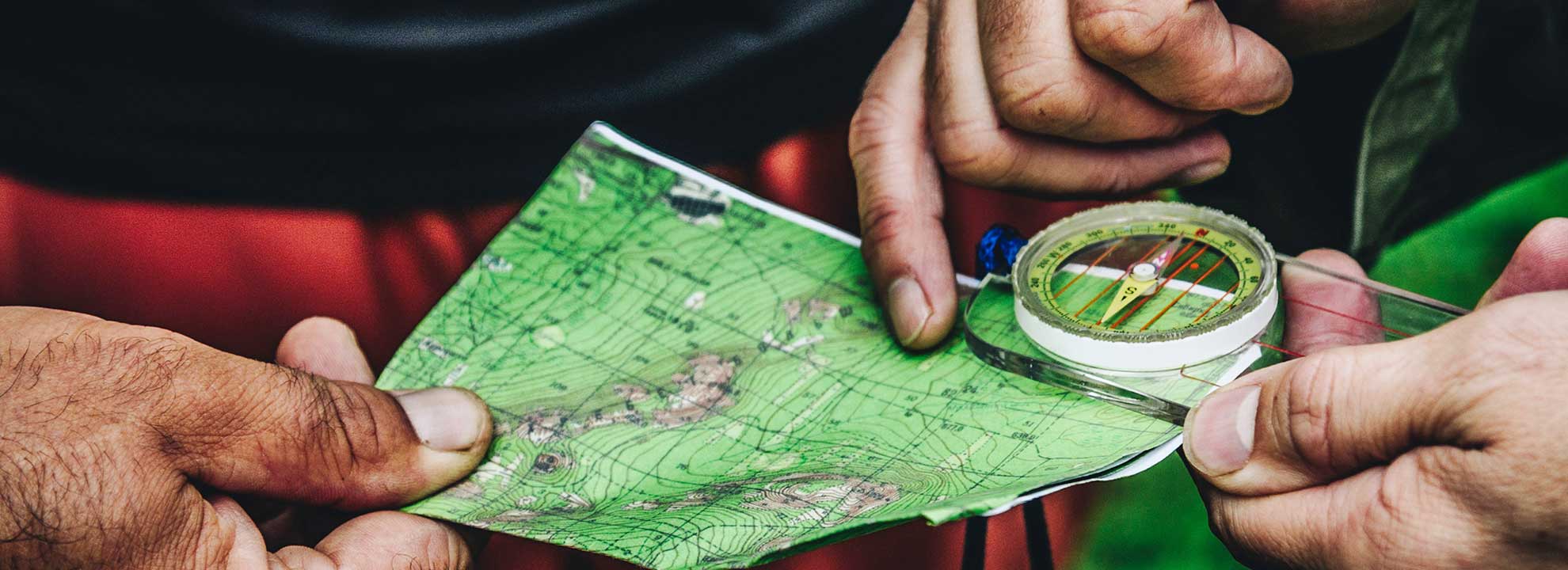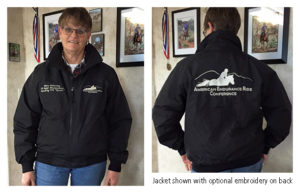Day 1:
Trail design and layout. Course instructor Mike Riter stresses the importance of knowing the area first, both on foot and by studying topographic maps, which he calls “the trail designer’s best friend.” A good trail requires little maintenance because it is designed right. Flowing water, which accelerates the process of erosion, is the enemy of a trail. Proper design can avoid situations whereby the trail becomes a river during rainstorms. In the afternoon, participants learned how to use clinometers to assess the slopes around them in a scientific fashion.
Day 2:
Trail construction. Attendees learn how to pick the proper tool for the job, when to use power tools, and how to cut trails into a slope. Riter also talks about how to build bridges and boardwalks, and when to incorporate switchbacks into a trail and how to do it right. He includes safety procedures for tool use, and teaches the best way to swing a shovel and not throw out your back. Very important!
Day 3:
Trail maintenance. Although a well-designed trail is easy to maintain, most trails that trail workers will be dealing with have been laid out in a less than ideal way. If you canot reroute them, you will have to fix and maintain them, battling wind, water, and gravity.
Day 4:
Crew leadership and graduation. The final day is where all that you have learned is pulled together in an outdoor session. The attendees each role-play “Crew Leader,” using the language, tools, safety issues and teamwork with your class on the trail. At the end, certificates for those that completed the course will be issued.


